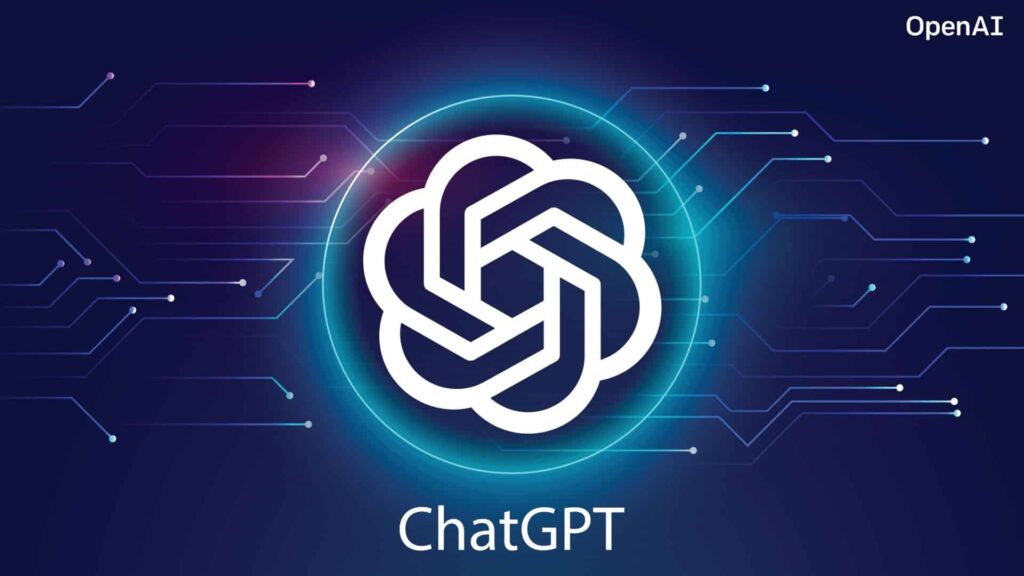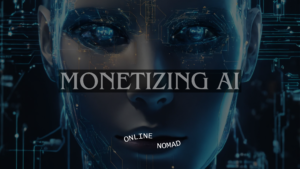Artificial Intelligence (AI) has seen remarkable advancements in recent years, with Generative Pre-trained Transformers (GPT) being at the forefront of this revolution. Among these, ChatGPT has gained significant attention for its ability to generate human-like text. This article delves into the evolution of GPT models, their capabilities, applications, and the impact they have on various sectors. I believe AI is very useful in my daily life and is opening more and more doors for me. While many people complain about artificial intelligence, I take full advantage of it to save time or help create something.
What is GPT?
Generative Pre-trained Transformer (GPT) is a type of language model developed by OpenAI. These models are based on the transformer architecture, which was introduced in a seminal paper by Vaswani et al. in 2017. The key innovation of transformers is their ability to handle long-range dependencies in text through mechanisms like self-attention, which allows the model to weigh the importance of different words in a sentence.
The Evolution of GPT Models
GPT-1
The journey of GPT started with GPT-1, which had 117 million parameters. It introduced the concept of unsupervised pre-training followed by supervised fine-tuning. GPT-1 demonstrated that a single model could perform a variety of natural language processing (NLP) tasks with minimal task-specific adjustments.
GPT-2
GPT-2 marked a significant leap, boasting 1.5 billion parameters. It generated considerable excitement (and controversy) due to its ability to generate coherent and contextually relevant text. OpenAI initially withheld its full release over concerns about potential misuse, highlighting the model’s power and the ethical considerations surrounding AI.
GPT-3
GPT-3, with a staggering 175 billion parameters, further pushed the boundaries of what language models can achieve. Its capabilities include text generation, translation, question-answering, and more, all with minimal fine-tuning. GPT-3’s versatility and fluency in producing human-like text have made it a cornerstone of many AI applications.
ChatGPT: A Specialized Variant
ChatGPT is a variant of the GPT-3 model designed specifically for conversational tasks. It has been fine-tuned to understand and generate dialogue, making it particularly useful for applications like customer service, virtual assistants, and interactive storytelling.
Key Features of ChatGPT
- Natural Conversations: ChatGPT excels at maintaining context and producing responses that feel natural and engaging.
- Versatility: It can handle a wide range of topics and tasks, from answering questions to providing recommendations.
- Accessibility: Through platforms like OpenAI’s API, developers can easily integrate ChatGPT into their applications, bringing advanced conversational AI to the masses.
Applications of GPT Models
Customer Service
Companies are leveraging GPT models to enhance customer service. Chatbots powered by ChatGPT can handle routine inquiries, provide product information, and assist with troubleshooting, freeing up human agents for more complex tasks.
Content Creation
GPT models are revolutionizing content creation. They can generate articles, blog posts, and even creative writing pieces, aiding writers in brainstorming and drafting content. This is particularly valuable for marketing, journalism, and entertainment industries.
Education
In education, GPT models serve as personalized tutors. They can provide explanations, answer questions, and assist with homework, offering students a valuable resource for learning and engagement.
Healthcare
Healthcare applications include virtual health assistants that use GPT models to provide medical information, remind patients to take medication, and offer preliminary diagnostic assistance based on symptoms described by users.
Ethical Considerations
The powerful capabilities of GPT models also bring significant ethical concerns:
- Misinformation: The potential for generating convincing but false information is a major risk. This can be mitigated by developing mechanisms to verify and fact-check AI-generated content.
- Bias: GPT models can inadvertently perpetuate biases present in the training data. Ongoing research aims to identify and reduce these biases to create fairer and more equitable AI systems.
- Privacy: Ensuring the privacy and security of user data is crucial, especially when models are used in sensitive applications like healthcare and finance.
The Future of GPT
The future of GPT models looks promising, with ongoing advancements aimed at increasing their accuracy, efficiency, and ethical use. Research is focusing on improving the models’ understanding of context, reducing their carbon footprint, and enhancing their ability to perform specialized tasks.
GPT-4 and Beyond
While details about GPT-4 and future iterations remain speculative, expectations include larger models with more parameters, improved training techniques, and better generalization capabilities. These advancements will likely further expand the applications and impact of GPT models across various domains.
Conclusion
ChatGPT and other GPT models represent a significant milestone in the field of AI, showcasing the potential of advanced language models to transform industries and improve human-computer interactions. As these models continue to evolve, they offer exciting possibilities for innovation while also posing important ethical and societal challenges that must be addressed. By harnessing the power of GPT models responsibly, we can unlock new frontiers in technology and human creativity.
For me, AI is very useful in my daily life and is opening more and more doors. While many people complain about artificial intelligence, I take full advantage of it to save time or help create something.




